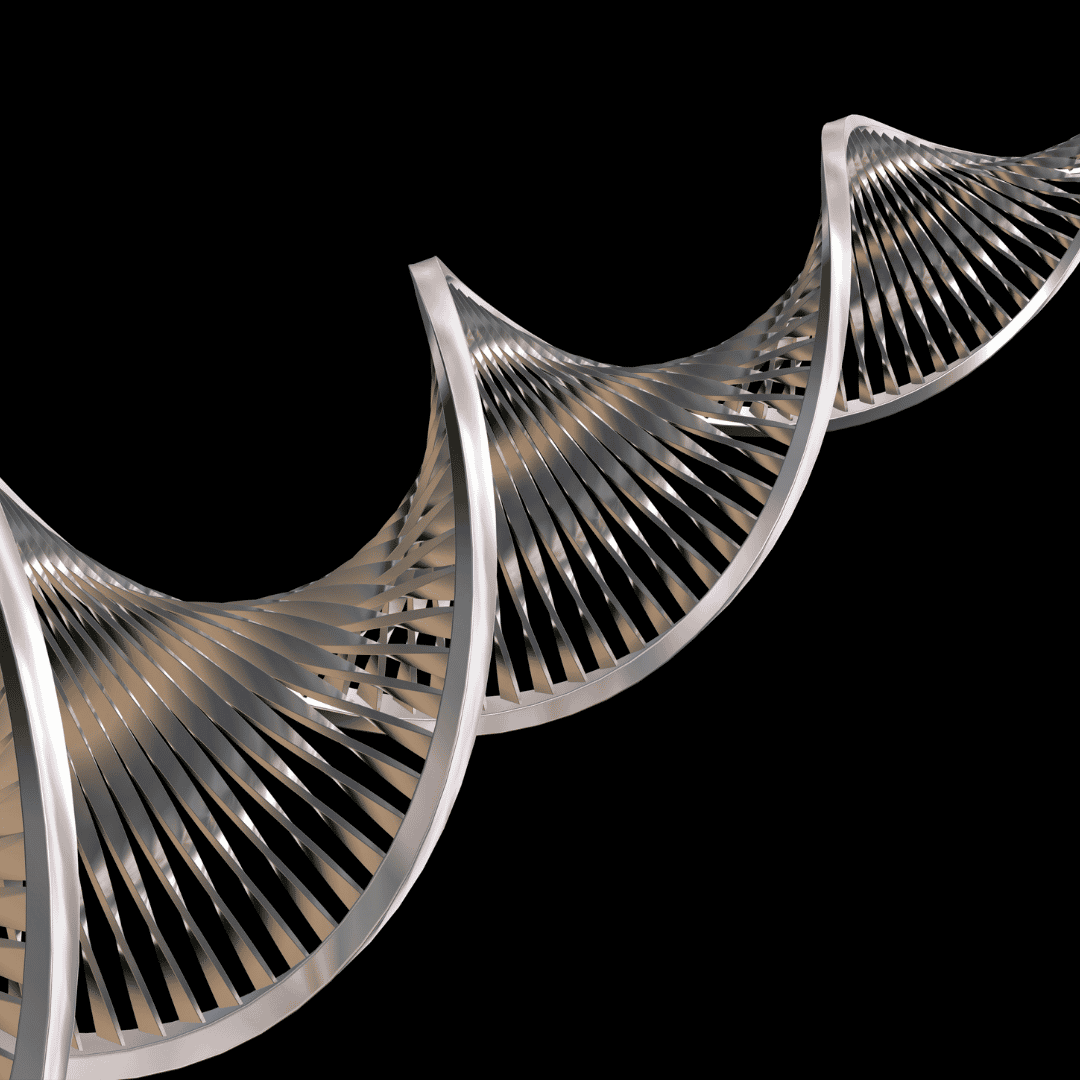
Stem Cell Treatment May Help Restore Sight
Stem cell research has been part of the scientific landscape for decades, and many people have been staying up-to-date with stem cell research as it involves cancer, therapy for Alzheimer's disease and well-known disease conditions such as Huntington's disease and multiple sclerosis.
However, scientific research today has exposed a number of cutting-edge stem cell technologies that can be used for lesser-known conditions and disease processes including those that affect vision. In recent stem cell news, iPS cells have been studied in their effectiveness for treating genetic birth defects that cause blindness.
New Discoveries in Stem Cell Treatments for Vision Care
Recent news published in the Stem Cells journal announced researchers have created a technology that induces one type of stem cell, called a pluripotent (IPS) stem cell development process that may prove beneficial in the treatment of an uncommon genetic eye disease. This eye disease is called gyrate atrophy, which affects the pigment cells found in retina epithelium cells. These cells are essential in helping the retina process messages received from the retina portion of the eye to the brain, where they are interpreted.
Stem cell research and technology has greater potential than ever before. Understanding the basics of pluripotent stem cells and how they may be used to treat human eye diseases is an exciting aspect of the research and development of stem cell technologies.
In addition to treating rare eye conditions, such treatments may also be utilized to treat other retinal diseases including macular degeneration and retinitis pigmentosa. Macular degeneration and retinitis pigmentosa are diagnosed in millions of individuals, mainly seniors, around the world. As the most common cause of blindness, macular degeneration has potentially affected nearly 30 million people, according to Science Daily. Nearly two million people around the world are diagnosed with retinitis pigmentosa. Both severely inhibit and decrease visual capability.
One of the most positive aspects of pluripotent stem cells is that they are derived and taken from the patient himself. Not only do these autologous pluripotent treatments avoid religious issues and controversy, but also reduce the chance of transplant rejection.
Studies involving the treatment of a variety of vision problems have been underway in not only the United States, but also China, Spain, Ukraine, Russia and South American and Asian medical and stem cell research communities. Major universities around the world, including the University of Washington, the University Hospital in Spain, the Indiana University School of Medicine, and the University of California at Santa Barbara have been involved in this research.
Stem cells taken from the eyes of patients themselves have helped some of them to see clearly again. Research at the University of Moderna's Center for Regenerative Medicine in Italy has performed stem cell treatments and case studies of over 250 patients in the last decade. While the therapy shows definitive progress, the treatment is still considered experimental and is not currently being performed in the United States.
Results from a study published in a recent edition of the New England Journal of Medicine and at a gathering of the International Society for Stem Cell Research. According to the study results, over 75% of the individuals who took part in the clinical trials displayed some improvement in their vision with their first or second grafting treatments.
Initially following initial transplant of stem cells, roughly half of the patients in the study underwent additional surgeries to improve and restore vision. While the results are not stating that stem cell therapies alone can restore vision, it's a promising step in the right direction.
Future of Stem Cell Technology in Restoring Vision
Restoring vision through stem cell therapies alone is perhaps decades away, but the potential is there, as has been proved around the world with a variety of discoveries, greater understanding of pluripotent stem cells and clinical trials performed in major countries around the world.
For more information regarding stem cell technologies, research and development in the treatment of dozens of medical diseases and regenerative medicine through stem cells and stem cell research, visit PlacidWay.com, a leader in medical information and services worldwide.
Please Click here to request more information.









.png)
.png)
.png)
